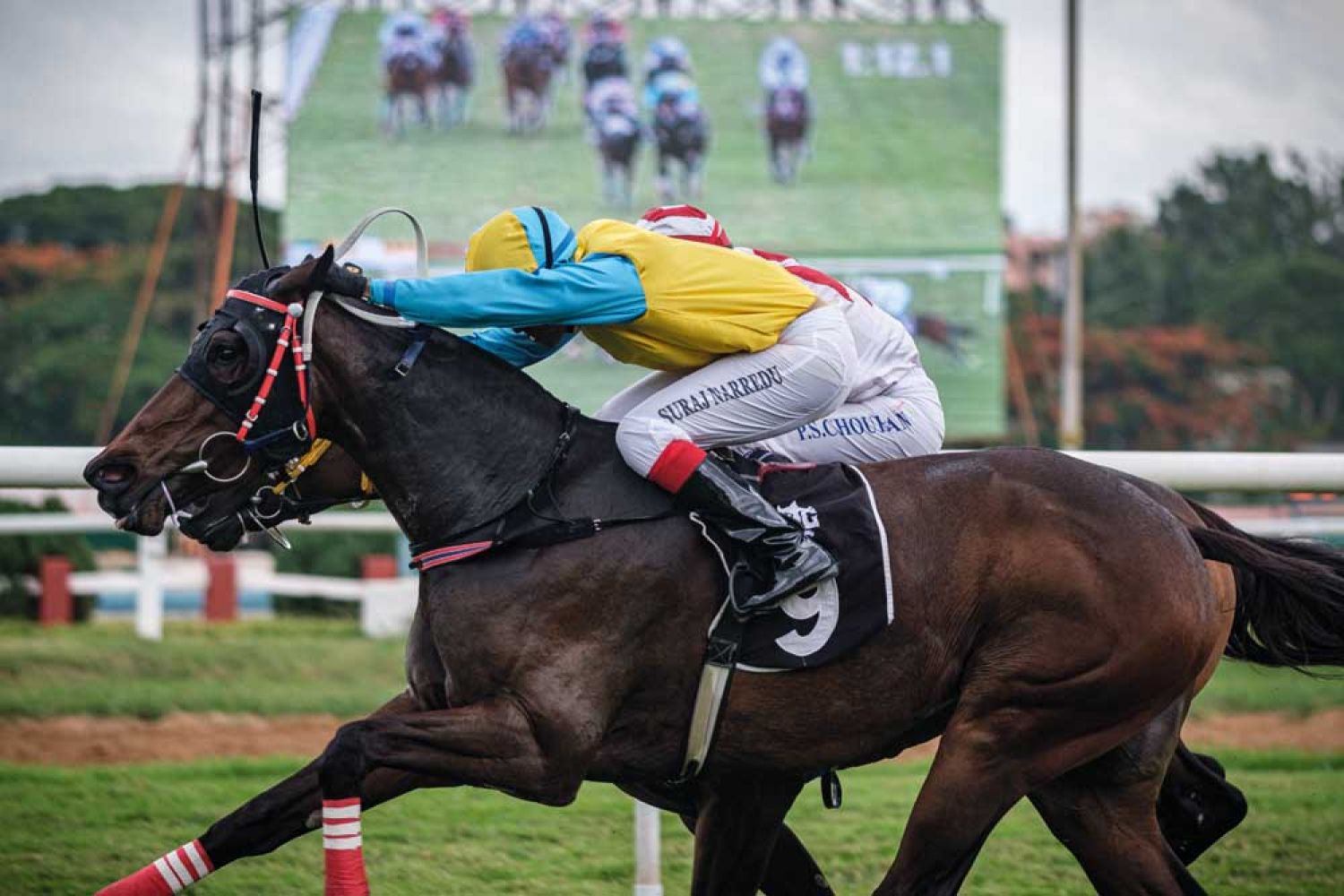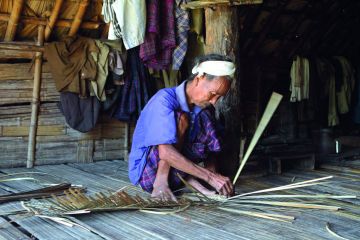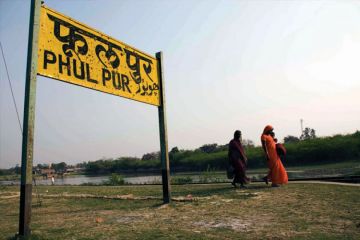
When P. S. Chouhan
woke up and checked his weight on Saturday morning, the scale said 54 kg, two
more than he could be if he wanted to
ride Glorious Days, his first horse on July 6, the fifteenth day of Bengaluru’s
summer racing season.
Every horse is
assigned a weight it can carry, depending on age, form, and the nature of the
race, which means a jockey is often focused not just on shaving seconds while
racing but also grams before a race. Chouhan spent a few hours in early mor





